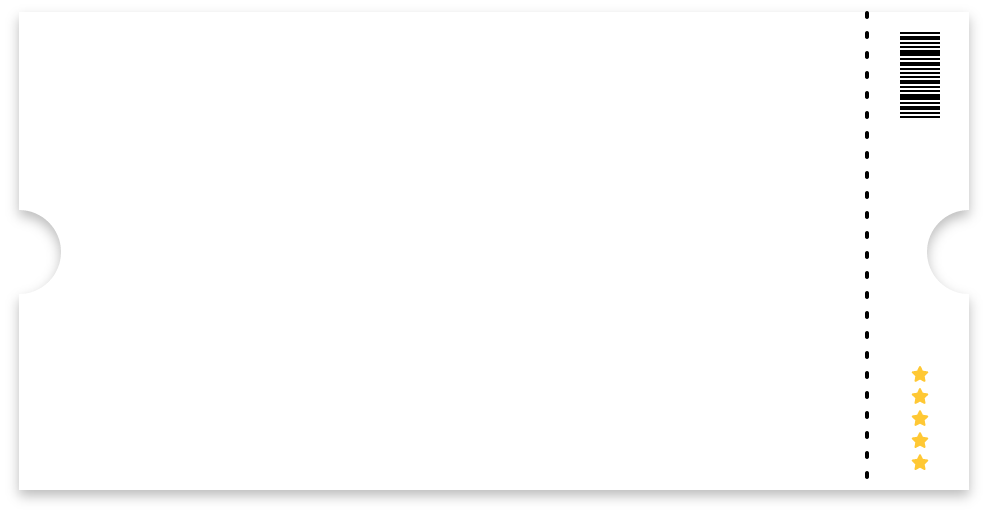

Who We Are
With over 20 years of experience, Captivate Events & Communications has mastered the art of curating exceptional event experiences. Whether it's an awards program, national conference, gala dinner or road show, or you're in need of compelling copy to engage and influence your target market, our award winning and dedicated team will work as an extension of your business to deliver the outcomes you desire.
What We Do

Events
At Captivate Events, we take the stress out of event planning and execution. Our dedicated team ensures every detail is meticulously handled. From event conceptualisation, bespoke venue selection, speaker coordination, budgeting, run sheets and catering, we take care of everything. Your vision is our priority, and we're here to make the entire process effortless.
Content
Our team of skilled content creators takes the hassle out of crafting compelling copy. We understand that each message is unique, and that is why we collaborate closely with our clients on every brief. From meticulously researching the subject matter to finessing the tone and style, we're committed to creating content that hits the mark every time.

Our Clients
Just some of the companies we have had the pleasure of working with…
Our Work
Testimonials
We've had a relationship with Captivate for over ten years and we see them as a very important extension of our team.
Nicole Triandos, NAB
We have worked with Captivate Events for over 4 years and it's been an absolute game changer for our business.
Julian Antonescu, MoneyMe
My experience of working with the events team at Captivate has been nothing but enjoyable, they have made life really easy for us.
Leah Renwick, FBAA
Working with the events team at Captivate Events has been great, they are professional and really well organised.
Deborah Dalziel, Midwinter
One of the smoothest run events I've actually attended.
Scott Miller, CEO, Assendium
We've worked with Captivate on dozens of awards nights and conferences and highly recommend them as one of the best in the business. Our world class MC's, comedians and speakers always rave about the level of professionalism and ease and smoothness of a captivate event. From the room set up, run sheet, look and feel of excitement with the audience and the experienced Captivate events team looking after every detail - nothing is left to chance for an epic event.
Keith Harwood, Inspire Speakers
Contact Us
Sit back, relax and let us take care of your next project. We'll manage every aspect and provide you and your target audience with an unparalleled experience.



















